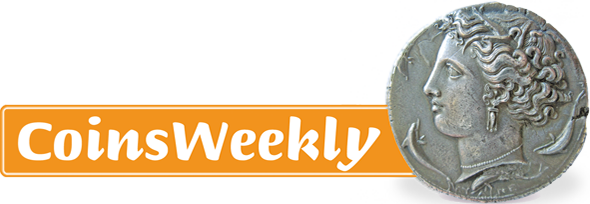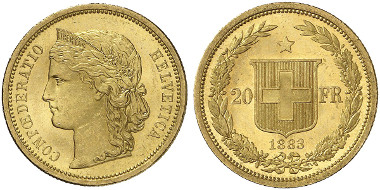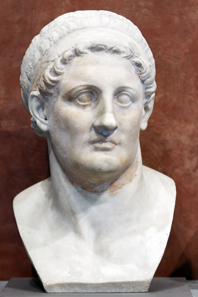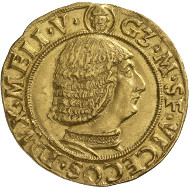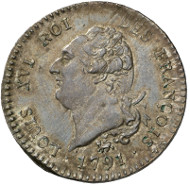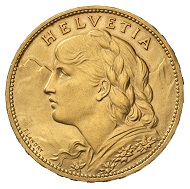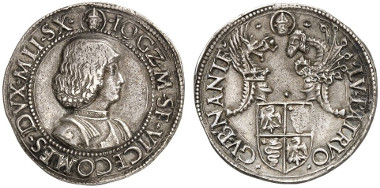Human faces, part 46: “When you call, my Fatherland”
Why was the human head the motif on coins for centuries, no, for millennia? And why did that change in the last 200 years? Get to know more about the story of Helvetia, the personification of Switzerland, in this episode.






